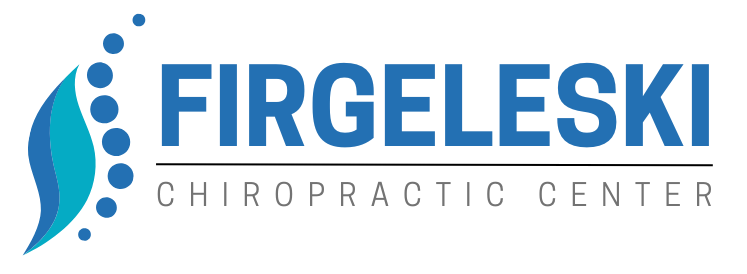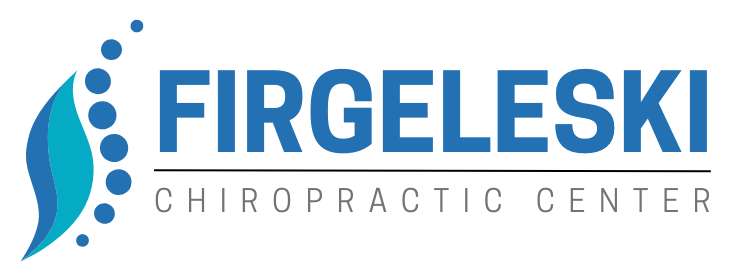Proprioceptive Neuromuscular Facilitation (PNF) in Chiropractic Care
Proprioceptive Neuromuscular Facilitation (PNF) is an advanced form of flexibility training that involves both the stretching and contracting of the muscle group being targeted. PNF techniques are used not only to increase flexibility but also to enhance muscular strength and rehabilitation. This method is highly regarded in both therapeutic and athletic settings, including chiropractic care, where it is used to enhance the range of motion and improve motor performance.
How PNF Works
PNF techniques typically involve three key actions: stretching the muscle, contracting it isometrically against resistance, then stretching it again further than the initial stretch. The process targets both the muscular and nervous systems, enhancing the stretch reflex and training the nerves to allow for greater muscle extension. It's commonly used in conjunction with other chiropractic treatments to optimize musculoskeletal function.
Key Techniques in PNF
- Hold-Relax: This is one of the most common types of PNF stretching. The patient extends the muscle to its limit (point of mild discomfort), and holds this stretch for a few seconds. Then, the patient contracts the muscle without moving (isometric), such as pushing against a resistance provided by the chiropractor, for several seconds. The muscle is then relaxed, and a deeper stretch is applied and held.
- Contract-Relax: Similar to hold-relax, but the patient actively contracts the muscle while moving a joint through the range of motion (isotonic), as opposed to an isometric contraction. This method is beneficial for teaching muscles to work together for coordinated movement.
- Hold-Relax with Agonist Contraction: After the hold-relax phase, instead of passively stretching the target muscle, the patient actively stretches it by contracting the opposing muscle group. This method is especially effective for improving functional flexibility.
Benefits of PNF in Chiropractic Care
- Improved Flexibility and Range of Motion: PNF stretching has been shown to produce greater and more rapid increases in range of motion than other types of stretching, by enhancing both the elasticity and strength of the muscle.
- Enhanced Motor Performance and Coordination: By integrating sensory cues with motor control, PNF helps in reinforcing the neuromuscular pathways necessary for coordinated movement.
- Reduced Risk of Injury: Increased flexibility and strength contribute to reducing the likelihood of injuries during physical activities.
- Pain Reduction and Management: PNF can help decrease muscular tension and pain, which are often symptoms of chronic musculoskeletal disorders.
Ideal Candidates for PNF
PNF is suitable for a wide range of patients, including:
- Individuals recovering from joint or muscle injuries.
- Athletes looking to enhance their joint flexibility and muscular strength.
- Those with neurological conditions to improve motor function and coordination.
- Elderly patients need to maintain or improve mobility and independence.
Safety and Considerations
While PNF is a generally safe practice, proper technique and guidance are crucial to avoid overstretching or straining muscles. Chiropractors trained in PNF will assess each patient's condition and adapt the technique to their specific needs, ensuring safety and effectiveness. Patients with severe mobility limitations or acute injuries should consult their chiropractor to determine if PNF is appropriate for them.
In conclusion, Proprioceptive Neuromuscular Facilitation is a valuable tool in chiropractic care, offering significant benefits in flexibility, strength, pain management, and overall functional mobility. Its tailored approach makes it an effective component of rehabilitation programs and preventive care regimens.


